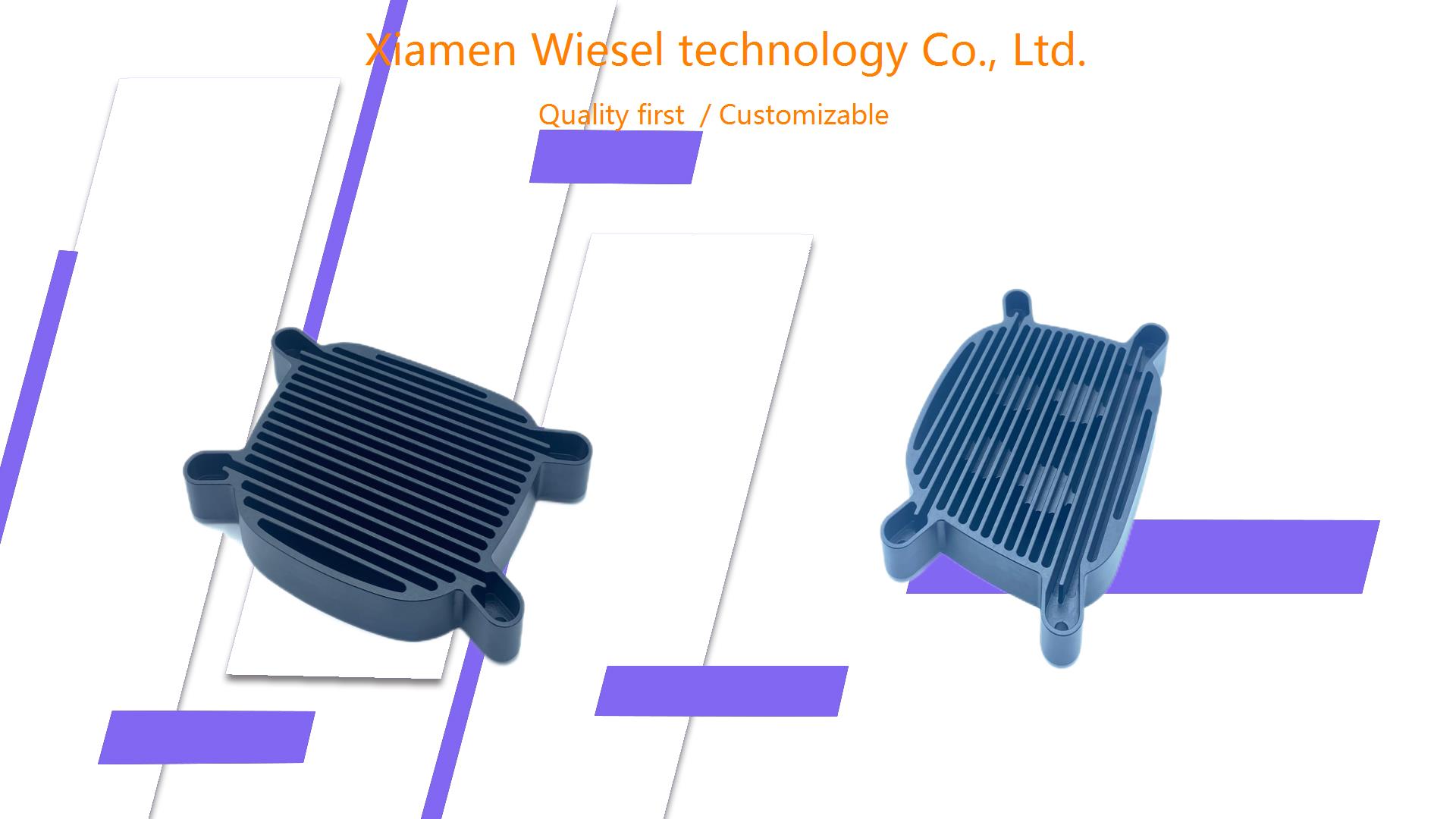Vacuum casting is a versatile and cost-effective manufacturing technique ideal for low-volume production and rapid prototyping of high-quality parts. Wiesel, a leading plastic mold manufacturer, offers advanced vacuum casting services that enable businesses to create precise prototypes and short-run production parts with exceptional detail and finish. The process is particularly useful for producing parts with complex geometries and smooth surfaces, making it an excellent choice for industries such as automotive, consumer electronics, and medical devices. In this article, we explore the benefits of vacuum casting and why it is an ideal solution for low-volume and rapid prototyping projects.
What Is Vacuum Casting and How Does It Work?
Vacuum casting is a manufacturing process that involves creating silicone molds from a master pattern, typically produced using 3D printing or CNC machining. The process begins by placing the master pattern inside a frame and pouring liquid silicone over it to create a mold. Once the silicone mold is cured and removed, it can be used to cast multiple parts using a variety of polyurethane resins. During casting, a vacuum is applied to the mold to remove air bubbles and ensure that the material fills every detail of the mold cavity. This technique results in high-quality, defect-free parts that replicate the original design with exceptional accuracy.
How Does Vacuum Casting Benefit Low-Volume Production?
Vacuum casting offers several benefits for low-volume production that make it a preferred choice over traditional manufacturing methods:
- Cost-Effectiveness: Vacuum casting is significantly more cost-effective than injection molding for low-volume production runs. The process eliminates the need for expensive metal tooling, making it ideal for producing between 10 and 100 parts at a fraction of the cost.
- Short Lead Times: The process of creating silicone molds is faster and simpler compared to traditional metal molds, reducing lead times and enabling rapid production of prototypes and functional parts. This is particularly beneficial for projects with tight deadlines or when quick iterations are required.
- Material Flexibility: A wide range of polyurethane resins can be used in vacuum casting, allowing manufacturers to choose materials that mimic the properties of engineering plastics like ABS, PP, and PC. This flexibility makes vacuum casting suitable for producing functional prototypes that closely resemble final production parts in terms of appearance and mechanical properties.
Durability and Product Lifespan of Parts Produced by Vacuum Casting
Parts produced through vacuum casting are known for their durability and quality, making them suitable for a variety of applications beyond simple prototyping. Wiesel’s vacuum casting services use high-quality polyurethane resins that provide excellent mechanical strength, impact resistance, and durability. The silicone molds used in vacuum casting can produce multiple copies of a part, with each mold typically yielding between 15 to 25 casts before requiring replacement. This reusability extends the lifespan of the molds and makes vacuum casting an efficient option for low-volume production. Additionally, the high precision of the silicone molds ensures that each part maintains consistent quality and performance, making vacuum-cast parts a reliable solution for functional testing, short-run production, and market validation.
What Are the Advantages of Vacuum Casting for Rapid Prototyping?
Vacuum casting is an excellent method for rapid prototyping due to its ability to produce parts that closely replicate the look and feel of final production items. Key advantages include:
- High Precision and Detail: Vacuum casting allows for the reproduction of intricate details, fine features, and complex geometries, making it ideal for prototypes that require high levels of precision and aesthetic quality.
- Smooth Surface Finish: The silicone molds used in vacuum casting capture even the finest details of the master pattern, resulting in parts with smooth surfaces and excellent dimensional accuracy. This eliminates the need for extensive post-processing, saving time and effort.
- Color and Texture Customization: Vacuum casting enables the addition of color pigments and surface textures, providing prototypes that are visually and tactilely representative of the final product. This is particularly beneficial for consumer products and aesthetic evaluations.
Applications of Vacuum Casting in Various Industries
Vacuum casting is used across multiple industries to create high-quality prototypes and low-volume production parts. Some of the primary applications include:
- Automotive Prototyping: Produce functional prototypes for automotive components such as interior panels, housings, and trim pieces, enabling performance testing and design validation.
- Consumer Electronics: Create prototypes for electronic device enclosures, buttons, and connectors that are visually and mechanically similar to final production parts.
- Medical Devices: Develop prototypes for medical equipment and devices to ensure functionality and ergonomic design before committing to large-scale production.
- Product Development and Testing: Vacuum-cast parts are used for market testing, concept validation, and short-run production of products prior to investing in high-cost tooling and large-scale manufacturing.
Conclusion
Vacuum casting offers a cost-effective and flexible solution for low-volume production and rapid prototyping of high-quality parts. With its ability to produce durable and detailed components quickly and at a lower cost than traditional manufacturing methods, vacuum casting is an ideal choice for businesses looking to accelerate product development and bring their ideas to market faster. Wiesel’s vacuum casting services ensure that each part is produced with exceptional precision and quality, making it a reliable option for creating prototypes and short-run production parts that meet the demanding requirements of various industries. By choosing vacuum casting, manufacturers can achieve high-quality results, reduce lead times, and optimize costs for their low-volume and prototyping needs.

